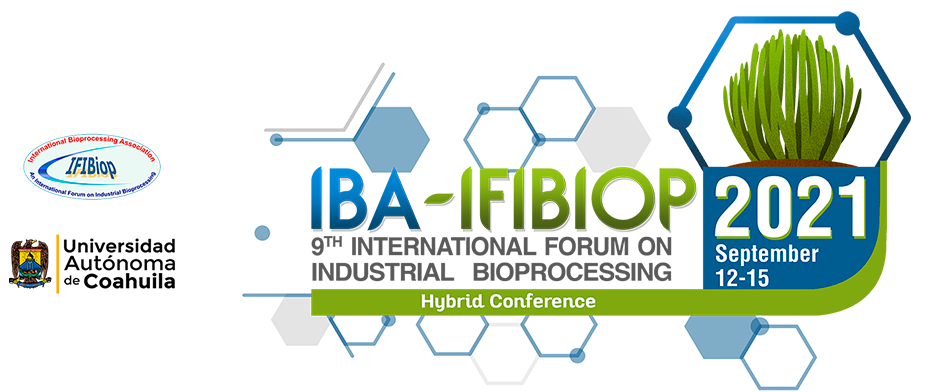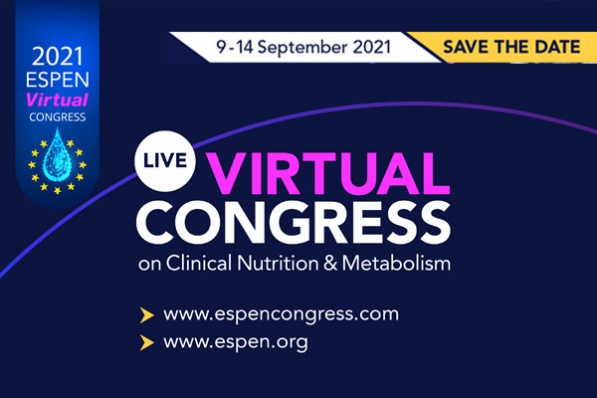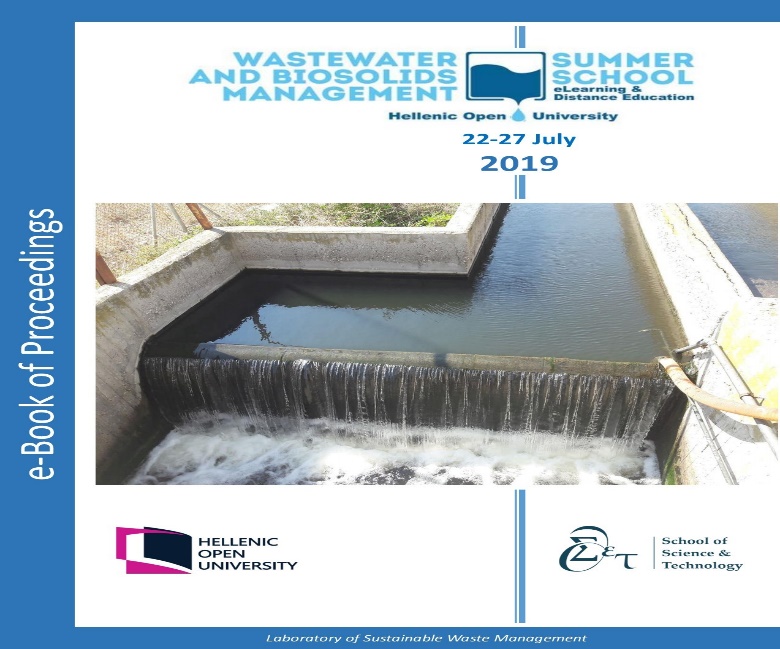Oral Presentation: Whey protein edible films grafted with bacterial nanocellulose and essential oil: characterization and application on cheese products
Authors: Papadaki, A., Lekka, A., Gianaki, M., Lappa, I.K., Kachrimanidou, V., Kopsahelis, N.*
Short Oral Presentation: Plum wine production using different yeast strains.
Authors: Beina Z., Sevaslidou E., Kandylis P.
Short Oral Presentation: Characteristics of Greek rose wines made from Vitis vinifera L. cv Xinomavro grapes.
Authors: Kalfa, E., Kandylis P.
Short Oral Presentation: Effect of pH, storage and heat treatment on the stability of grape pomace aqueous extracts.
Authors: Kokkinomagoulos E, Prodromidis P., Moschakis T., Kandylis P.
E-Poster: Thermal and Rheological Analysis of phase transitions in model sugar systems, as a function of amorphous sugar’s ratio and fiber addition, and different water activities
Authors: Nikolaou, N. E., Nikolidaki, E., Karathanos, V. T, Papadakis, S.
Thermal and rheological measurements were performed for the evaluation of the impact of currant dominant sugars and fiber content in their standard mixtures, simulating natural dried fruit systems, on crystallization phenomena as affected by different water activities. Different mass ratios of sugars systems were prepared, with the predominance of G over F and vice versa (1:1, 1:1.2, 1:1.5, 1:2 F:G & G:F). Soluble (Pectin, P) and insoluble (Cellulose, C) fiber fraction (5%, 7%, 9%) was added in standard sugars mixture (1:1). In order to achieve an amorphous state, samples were freeze dried, and dried over P2O5, and relative humidity was equilibrated over different salts (LiCl, MgCl2, K2CO3, MgNO3, NaNO2, NaCl) with a known water activity . Thermal analysis was conducted with Differential Scanning Calorimetry, (DSC 6000, Perkin Elmer) and rheological properties were also evaluated with a Modular Compact Rheometer (MCR-102, Anton Paar). The increase in G concentration contributed in a significant increase in the ΔHm (J/g) of the mixture, possibly favoring crystallization phenomena, while the increase in F ratio resulted in the inhibition of crystallization. Apparent viscosity data suggested the same conclusion. Water activity close to the Aw of dried fruits (0.60-0.65) demonstrated higher ΔHm (J/g) for insoluble fiber, suggesting that cellulose possibly contributes, to a lesser degree than sugars, to the crystallization phenomenon. All sugar ratios show more viscous behavior than elastic (G″ ≫ G′) and G″ values are significantly increased for glucose predominance samples over fructose, in all studied water activities, that could be related with crystallization. The F/G ratio could be possibly used as an indicator and/or predictive tool for the crystallization tendency of dried fruits.
Short Oral Presentation: Lactobacillus plantarum for malolactic fermentation of wines.
Authors: Tsakiri, A., Kandylis, P.
e-poster presentation: Dietary pistachio (Pistacia Vera L.) improves fatty acid profile of visceral adipose tissue and balances intestinal microbiota in diabetic rats
Authors: Yanni, A., Kalogeropoulos, N., Prapa, I., Mitropoulou, G., Kostomitsopoulos, N., Kourkoutas, Y., Karathanos, V.T.
Oral Presentation: Impact of amorphous sugars ratio and fiber addition in crystallization, in model food systems as affected by different water activities, Session of Engineering Properties of Food and Packaging.
Authors: Nikolaou, N. E., Nikolidaki, E., Karathanos, V. T.
Corinthian currants are dried vine products rich in simple sugars, where fructose and glucose are found in an almost equal ratio 1:1. During prolonged storage currants become susceptible to crystallization, a complex phenomenon responsible for their significant quality degradation that requires the fundamental understanding of the principles that control the formation or inhibition of the crystalline sugar phase in a solution. Controlling the phenomena involved in sugar crystal formation and growth is of practical importance for designing the optimal conditions and process for the development of sugar-rich products. The main objective of this study is the investigation of the impact of currant’s dominant sugar’s and fiber content in their standard mixtures, simulating natural dried fruit systems, in crystallization as affected by different water activities. For this purpose different ratios of sugars were selected, specifically 1:1, 1:1.2, 1:1.5 & 1:2 for glucose and fructose concentration respectively, followed by the addition of 5%, 7% and 9% of pectin and cellulose. The increase in glucose concentration contributed in the significant increase in the Melting Enthalpy values of the mixture, possibly favoring crystallization phenomena. On the contrary, a decrease in crystal growth was observed with the increase in fructose concentration. Samples with 7% of pectin addition demonstrated reduced crystal formation capacity, reflected by their lower melting enthalpy values in comparison with cellulose samples at every level of addition.
Poster Presentation: Beta-carotene’s concentration in high amylose starch nanoparticles prepared with cold gelatinization
Authors: Loukopoulos P, Kapama D, Valasi L, Pappas Ch,Bethanis K, Tzamalis P, Mandala I.
E-Poster Presentation: Development and rheological study of edible biopolymer structures for the purpose of 3D printing extrusion
Authors: Nikolaou, N. E., Karathanos, V. T.
Abstract
Three-Dimensional Food Printing (3DPF) technology constitutes a disruptive new technology that can be applied for product design, personalized nutrition, and further experimentation with various flavor and texture combinations. Knowledge of physicochemical and rheological properties of food components, can provide a reliable framework for the formulation of food inks suitable for 3DFP. This study aims to provide enhanced understanding of the complex food matrix, focusing on the polysaccharides-proteins interaction and their mixtures, providing a wider range of possible materials applicable in 3DFP processes. In this study, food inks were prepared with natural corn and wheat starch combined with pea protein concentrate (55%) with the further addition of hydrocolloids xanthan gum, gum arabic and κ-carrageenan in various proportions and combinations. Prior to the extrusion process the steady and dynamic shear rheological properties and thermal properties of the food-inks were evaluated using a Modular Compact Rheometer and Differential Scanning Calorimetry. Extrusion based 3DFP was performed at room temperature, using a desktop 3D printer with a syringe extrusion system. Developed food-inks, exhibited a shear thinning behavior, that is considered essential for the extrusion process. Storage modulus (G΄) was higher than the loss modulus (G΄΄), suggesting a “weak” gel behavior for all samples while the tangent of phase angle (tanδ) was found less than unity indicating a predominant elastic behavior. Optimal printability for printed square shapes was achieved when the material flow was set between 65-75%, with a print speed of 5 mm/s and a set nozzle height to 1 mm. Wheat starch was overall more suitable, in terms of mechanical properties, for extrusion-based 3D printing, giving more quality and uniform prints while hydrocolloid addition was also found to improve inks printability. The increase in protein concentration had a significant effect on the texture of the final products, resulting in softer and more uniform pastes.
Oral Presentation:Characterization and development of effective sorbents from agro-industrial by-products for wastewater treatment
Authors: Mourgkogiannis, N., Kordouli, E., Kordulis, C., Lykourgiotis, A., Karapanagioti, H.K. *










